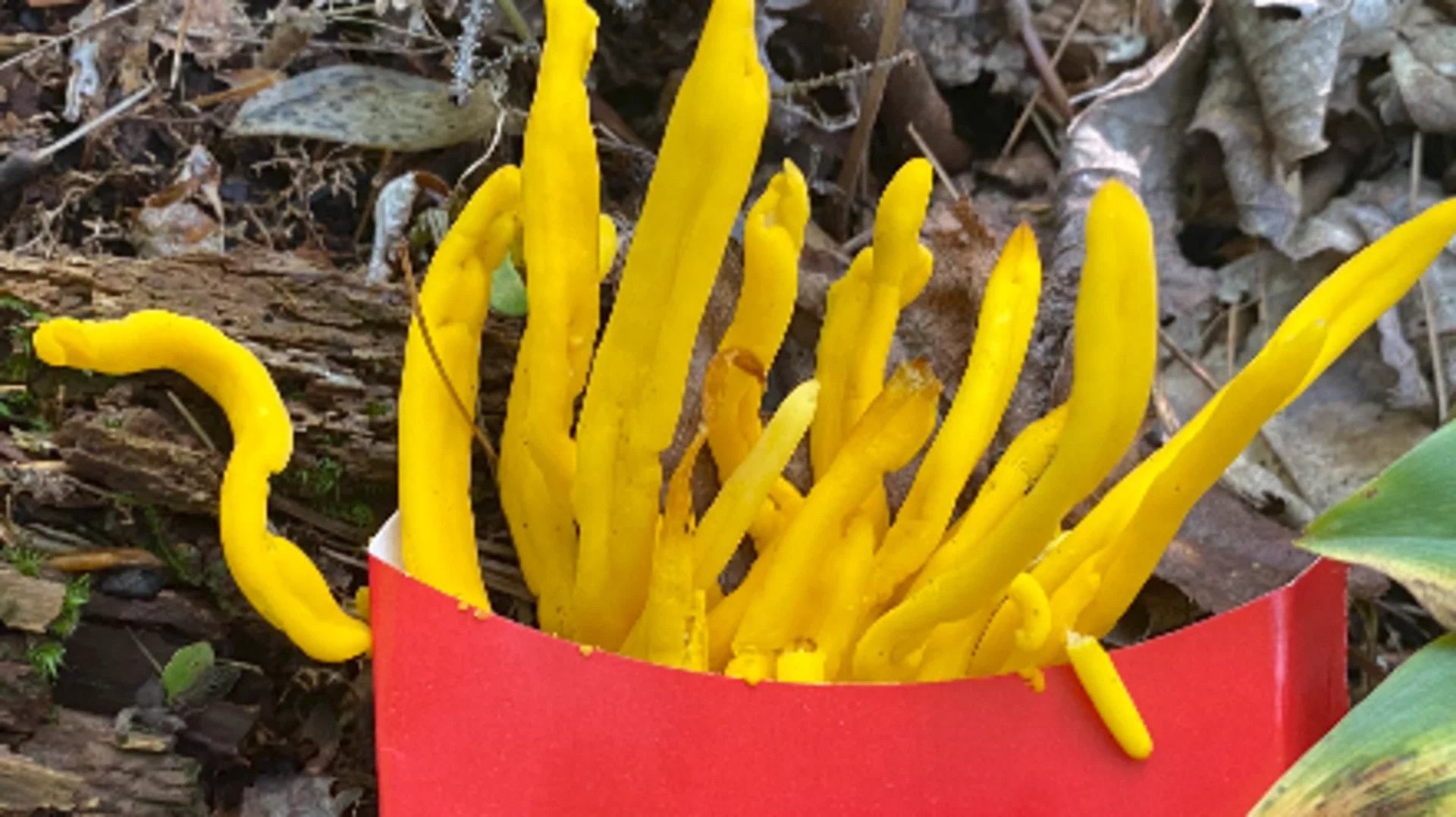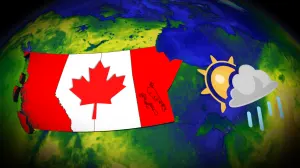
Wild french fries? Coral on land? No, they're mushrooms!
No, those aren't wild french fries you're seeing on the side of the trail— they're mushrooms!
A summer of extreme rainfall has left the forest floors of Nova Scotia looking more like swamps. While this has made for some muddy hiking, it’s also led to an explosion of mushrooms, which thrive in damp, wet conditions.
Coral fungus or Clavulinopsis fusiformis has been popping up everywhere at Halifax's Long Lake Provincial Park. It almost looks like coral you’d find at the bottom of the ocean—or something much tastier.

Coral fungus, or Clavulinopsis fusiformis , has been popping up around Halifax's Long Lake Provincial Park after a summer of extreme rain. (Nathan Coleman/The Weather Network)
SEE ALSO: Top superfoods you need on your grocery list this fall
If you’re just out for a walk in the woods, at first glance, you might think someone just threw out their french fries!
The Nova Scotia Mycological Society says coral fungus is quite common in Nova Scotia, growing in clusters on the ground and often in wooded areas and feeding on decaying organic matter in the soil.
While it's not poisonous, it does have a bitter taste. So while it may look like a delicious order of french fries, it’s not really considered a good mushroom for eating. If you do try it, be sure to add plenty of ketchup!
Learn more about the fungus in the video that leads this article.










